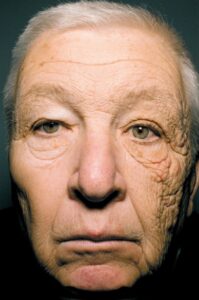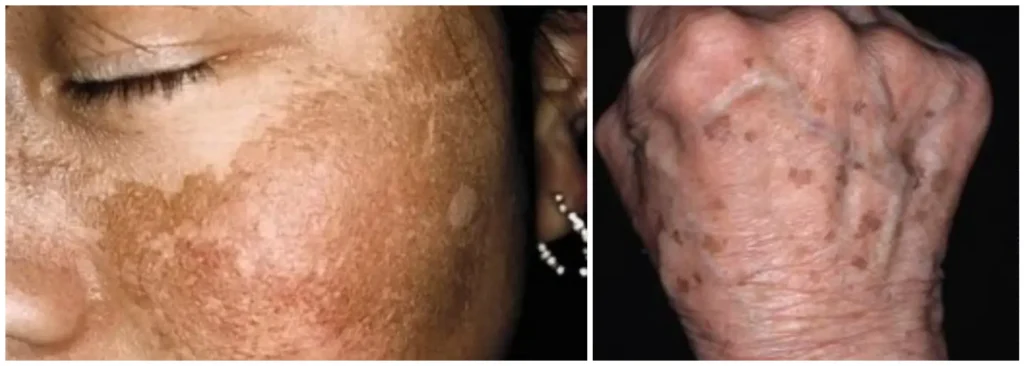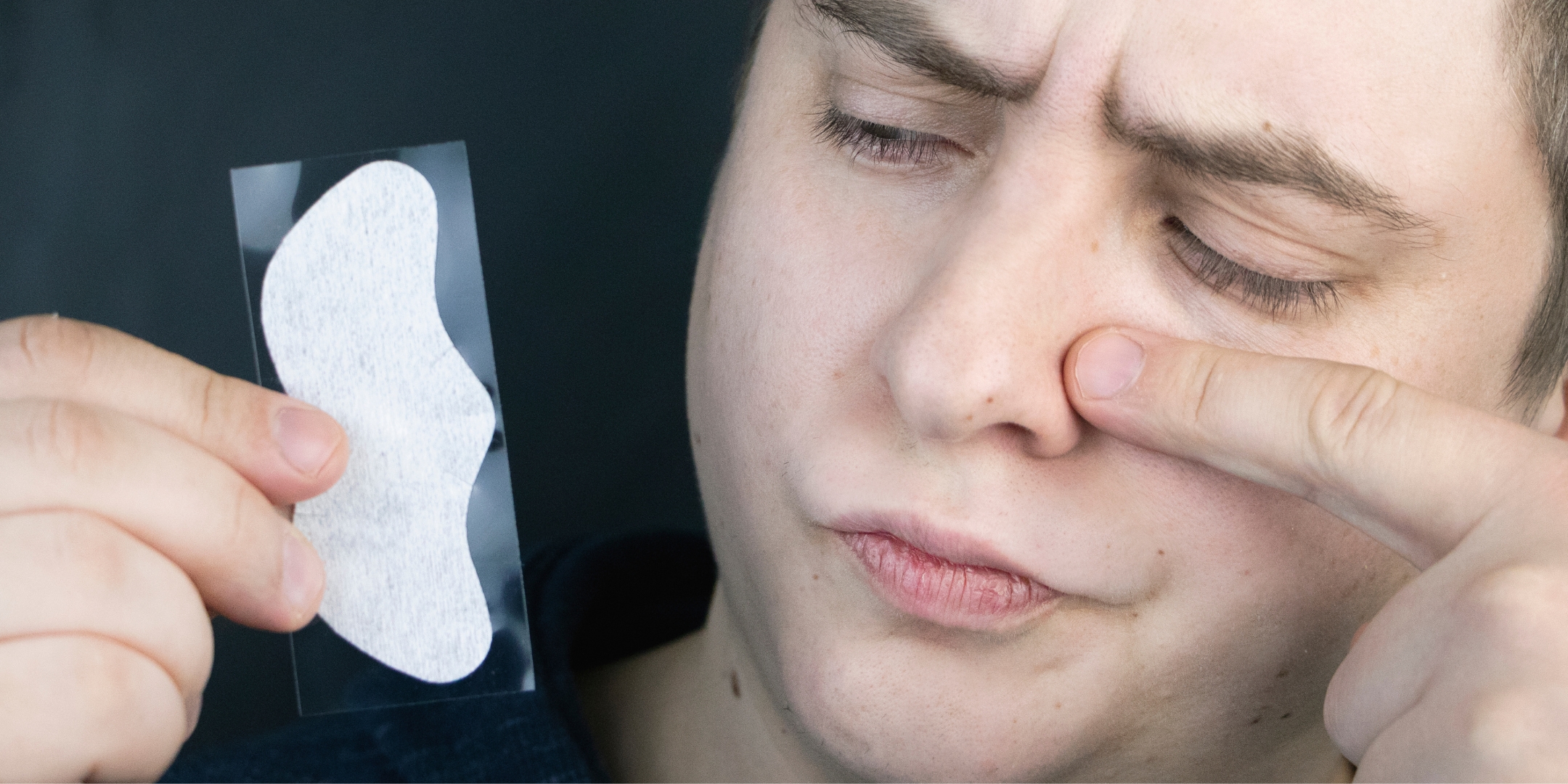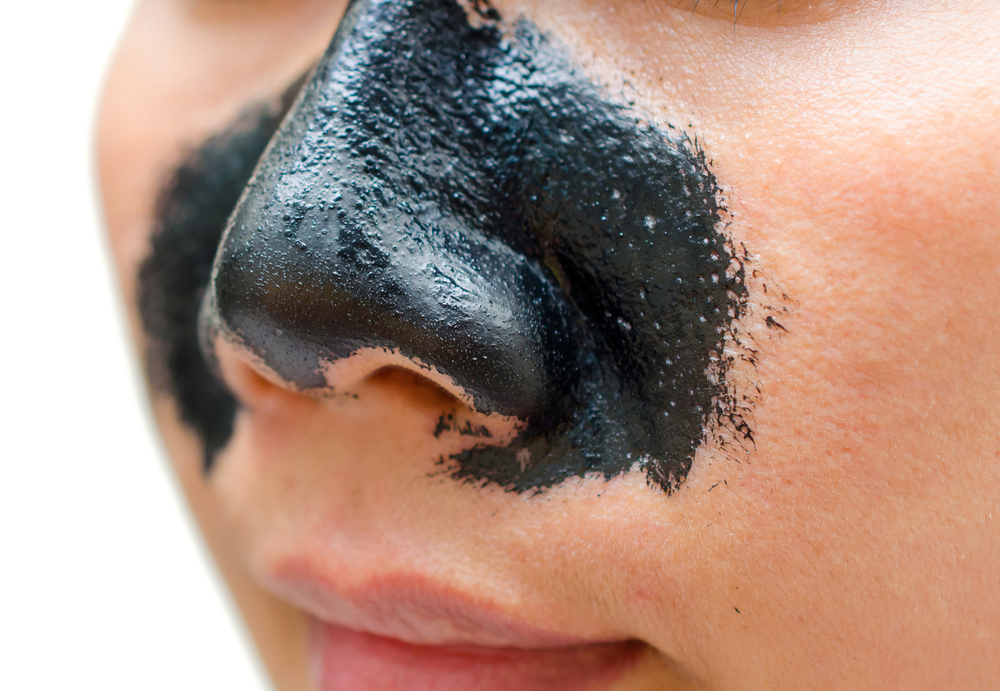PIH stands for post-inflammatory hyperpigmentation, a condition people most often call “dark marks,” or “dark spots”. The problem occurs when a pimple, bug bite, or any other type of inflammatory issue causes the skin to produce excess melanin, leaving spots or large patches on the skin. PIH can be triggered by even the most minor lesions, and can appear on any part of the body.
As a Physician Assistant in Dermatology, I see PIH as a primary concern, or at the very least, a secondary concern for one in every two patients. No two instances should be approached exactly the same way, but there is one piece of advice I give all my patients – wear sunscreen.

No matter your complexion or what the weather is like outside, sunscreen should be worn to help protect the tone and brightness of your skin. Sunscreen does so much more than fight those nasty cancer-causing rays! It also prevents photo-aging, while reducing the production of age spots.
This photo should give you a compelling reason to wear sunscreen. It shows an extreme case of unilateral dermatoheliosis: UVA rays transmitted through the window of the patient’s delivery truck severely damaged the skin on the left side of his face during the 28 years he spent driving on the job.
At my office we have several treatments for PIH at our disposal, allowing me to offer my patients different options when reviewing their skin tone and texture. The chart below shows the typical, step-wise approach I share with patients, including down-time and cost.
Sunscreen is the only treatment that I recommend across the board. My advice is to not move forward with any dark mark or rejuvenation procedures without first committing yourself to using quality sunscreen on a regular basis – otherwise, you’ll simply be wasting your hard-earned money. And I don’t know about you, but to me that hurts.
| Treatment | Downtime | Cost |
|---|---|---|
| Sunscreen | None | $ |
| Heparin sulfate-based topicals (like Sente Dermal Repair) | None | $$ |
| Retinol-based topicals (like SkinMedica Retinol Complex) | None to 2 weeks of very subtle dry/irritated skin | $$ |
| Alpha-hydroxy/Beta-hydroxy exfoliating cleansers | None | $ |
| Superficial chemical peels ranging from simple, solitary acids (like salicylic acid or glycolic acid) to Jessner’s solutions (lactic acid, salicylic acid, and resorcinol) | None to 1 week of light flaking | $$-$$$ |
| Medium depth chemical peels | 1-2 weeks of heavy flaking/peeling | $$$ |
| Fraxel Restore laser resurfacing | 1-2 weeks of irritated, red skin | $$$$ |
Bear in mind that there are many different ways to treat PIH, and while this doesn’t completely encompass the entire range of available options, it does touch upon some general alternatives most dermatologists, estheticians, and cosmetic doctors offer at their practices.
Each option requires its own regimen and follow-up care, but depending on which area of the body you’re concerned about and the price you’re willing to pay, any of these treatments can contribute to restoring and preserving your skin’s clarity.

Some of the most dramatic results I’ve seen have been for melasma (typically a hormone-supported hyperpigmentation disorder emphasizing broad areas of hyperpigmentation, generally on the cheeks and forehead) and solar lentigos (sun or liver spots or spots caused by chronic photo damage).
Several peels and non-ablative laser sessions later and my patients’ pigmentary issues were resolved – not subtly hidden, mind you, but actually resolved. If you suffer from post-inflammatory hyperpigmentation, talk with our medical review team about your options for improving your skin’s clarity.









